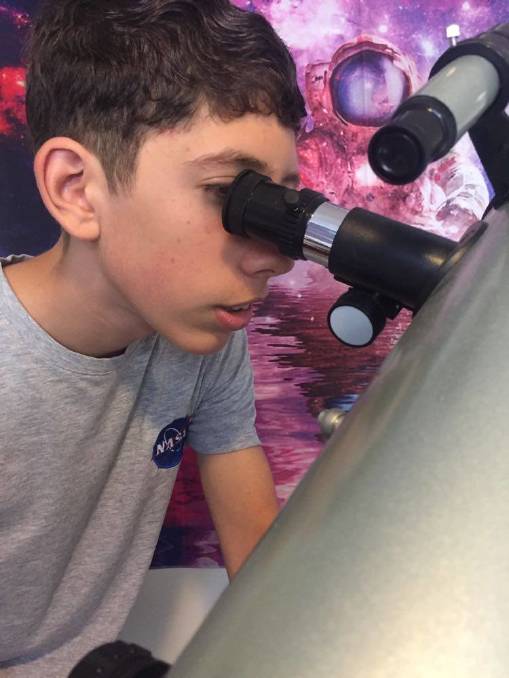Safety panel concludes May launch of commercial crew test flight is feasible
A NASA safety panel, Aerospace Safety Advisory Panel (ASAP, believes the agency’s plan to launch a SpaceX commercial crew test flight in late May is feasible, although some issues still need to be resolved before the launch.
Sanders, the panel’s chair said the panel has been kept up to date by NASA about commercial crew activities, including plans for SpaceX’s Demo-2 crewed test flight scheduled for May 27. “We are aware of a few technical items that remain to be more fully understood,” she said, “but the path forward appears feasible.”















